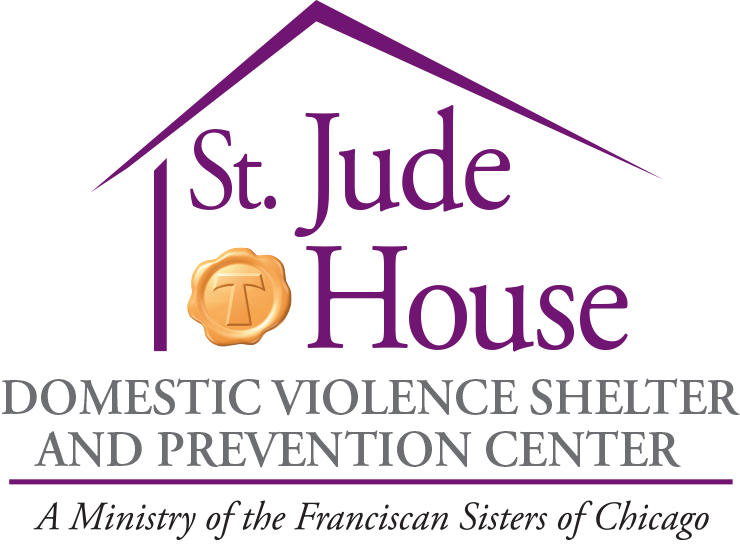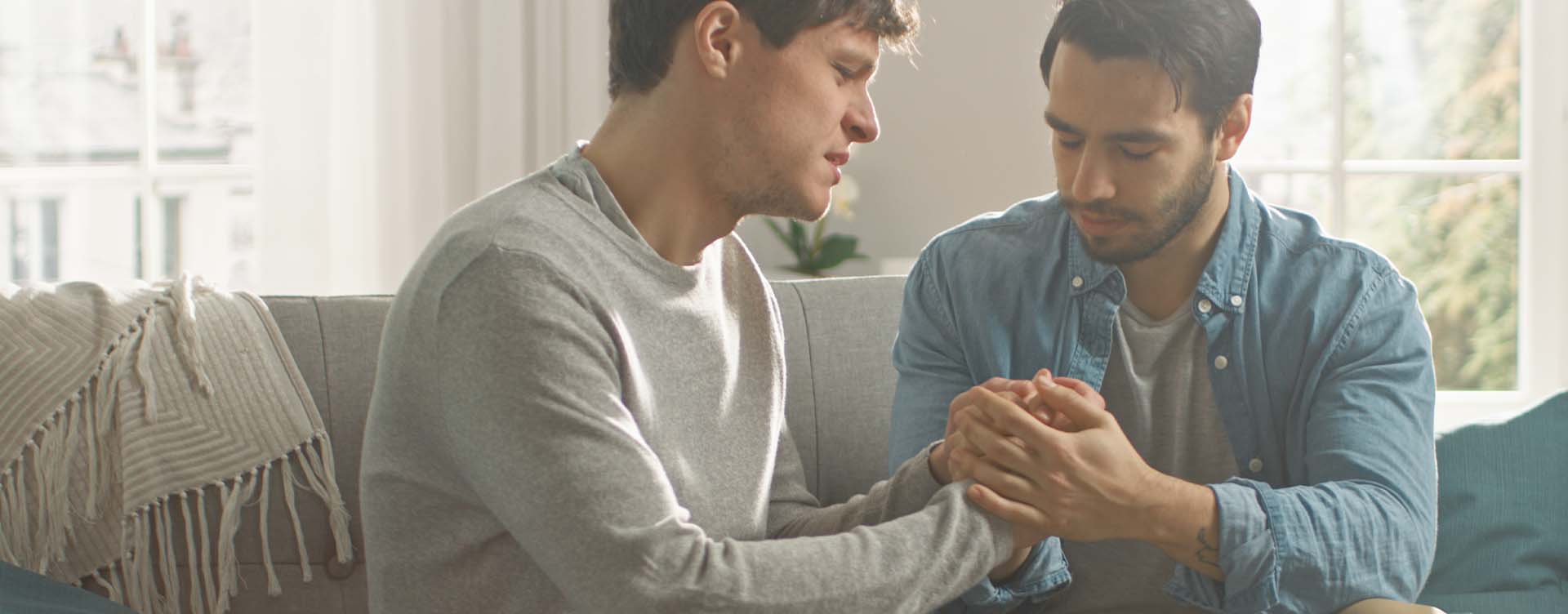Know the Truth
Facts About Domestic Violence
Domestic violence is a pattern of abusive behavior in any relationship one person uses to gain or maintain power and control over another intimate partner. Domestic violence can be physical, sexual, emotional, economic/financial, psychological or technological actions, threats or other patterns of coercive behavior. This includes any behaviors that manipulate, humiliate, isolate, terrorize, threaten, blame, hurt or injure someone.
- On average, nearly 20 people per minute are physically abused by an intimate partner in the United States. During one year, this equates to more than 10 million women and men.1
- On a typical day, more than 20,000 phone calls are placed to domestic violence hotlines nationwide.1
- 1 in 4 women and 1 in 9 men experience severe intimate partner physical violence, intimate partner contact sexual violence and/or intimate partner stalking.1
- 42.5% of Indiana women and 27.9% of Indiana men experience intimate partner physical violence, intimate partner sexual violence and/or intimate partner stalking in their lifetimes.2
- Intimate partner violence accounts for 15% of all violent crimes.1
- Only 34% of people injured by intimate partners receive medical care for their injuries.1
- 1 in 5 women and 1 in 71 men in the United States have been raped or suffered an attempt within their lifetime. Of these, 45.4% of female rape victims and 29% of male rape victims were raped by an intimate partner.1
- 19.3 million women and 5.1 million men in the United States have been stalked in their lifetime. 60.8% of female stalking victims and 43.5% of men reported being stalked by a current or former intimate partner.1
- Between 21-60% of victims of intimate partner violence lose their jobs due to reasons stemming from the abuse.1
It’s Not Just Adults
Effect of Domestic Violence on Children
Children are often considered the “hidden” victims in families where domestic violence occurs. However, 1 in 15 children is exposed to intimate partner violence each year, and 90% of these children are eyewitnesses to this violence1.
Domestic violence has a devastating impact on children and teens that can last into adulthood and affect their ability to be successful in school/work and other social settings, maintain healthy relationships of their own and lead to feelings of anxiety, depression and withdrawal.
The “cycle of violence” is often referred to when considering the effects of domestic abuse on children. However, this theory is disempowering, especially when working with children. A boy who has witnessed domestic abuse does not have to grow up to be an abuser, and a girl does not have to become a victim of domestic abuse later in life.
What to Look For
Signs of Domestic Violence
Domestic violence doesn’t always look the same, and every relationship is different. However, one feature most abusive relationships share is that the abusive partner tries to establish or gain power and control through different methods at different moments. This can include physical violence, threats, coercion and/or manipulation.
Common signs of abusive behavior can include but are not limited to:
- Accusations about infidelity or similar scenarios
- Constant criticism or other verbal abuse
- Telling a partner what to wear and how they should look
- Threats to a partner or someone close to them (family, children, pets, etc.)
- Throwing things or punching walls when angry
- Withholding cash and credit cards
- Keeping a partner from working or going to school
- Preventing or discouraging a partner from spending time with family or friends
- Pressuring and/or forcing a partner to have sex or perform sexual acts
Even one or two of these behaviors in a relationship is a sign of abuse. Please call our 24-hour domestic violence hotline at (800) 254-1286 for support, information and referral.
“Why Don’t You Leave?”
Reasons a Person Stays
For many, it can be hard to understand why a person would seemingly choose to stay in an abusive or unhealthy relationship. Beyond the physical risks of leaving an abusive situation, there are countless other reasons why people stay in their relationships, such as:
- Fear of harm to themselves or others (children, pets, family) if they leave
- They still love their partner and want to maintain their family
- Staying for the children
- It can be difficult for someone to admit they’ve been or are being abused
- Lack of self-confidence
- Lack of means (job, money, transportation) to live independently
- Disability or immigration status
What to Do
If You Suspect Domestic Violence
In many cases of domestic violence, the best way to help isn’t through direct intervention-which can be dangerous for everyone involved. However, that doesn’t mean there aren’t important steps that friends, family members and others who suspect or witness abusive situations can take to support those impacted and help them get to safety.
If you suspect or recognize domestic violence:
- Offer support – Ask if they’re safe or need someone to talk to. If the person is willing to talk, listen to their story without being judgmental, ottering advice or suggesting solutions.
- Provide Resources – Look up phone numbers for shelters, social services, attorneys, counselors or support groups. Explain that local domestic violence programs offer free, confidential help for individuals and children. St. Jude House’s 24-hour domestic violence hotline is (800) 254-1286.
- Take Action – If you see abuse and suspect someone is in immediate danger of being harmed, call the police.
1https://ncadv.org/STATISTICS
2https://ncadv.org/state-by-state



